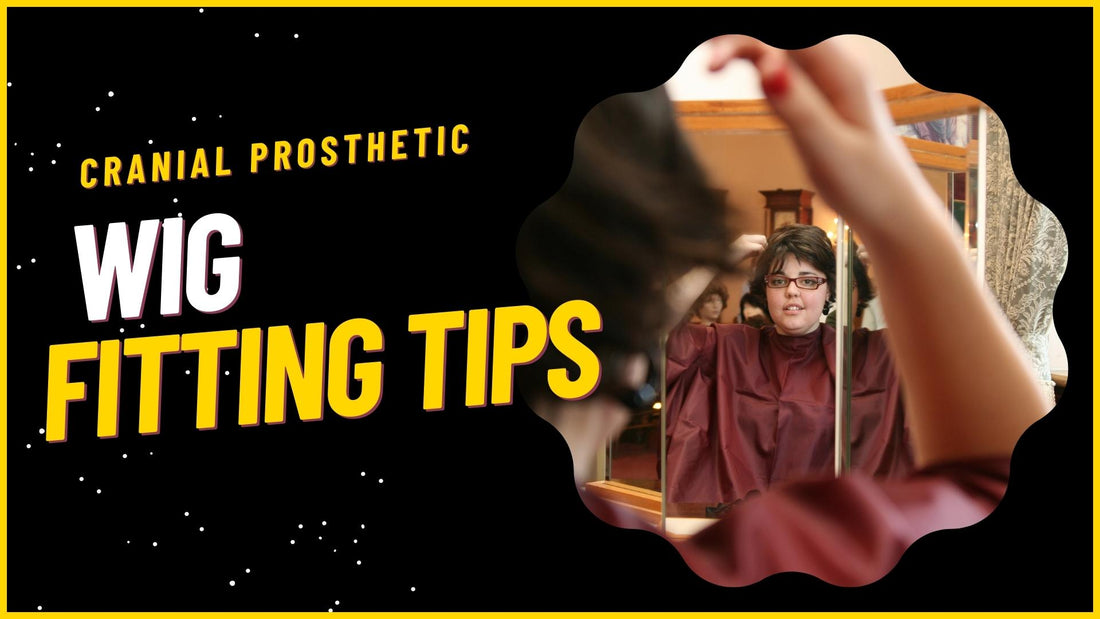Cranial Prosthetics are medical-grade wigs for clients suffering from medical-related hair loss.
By definition, these units are custom and promote flexibility, durability, and normalcy for most clients.
However, contrary to cosmetic wigs, cranial prosthetics are not one size fits all, which leads to the question, “How to assess the proper fitting of a cranial prosthetic?"
Cranial Prosthetic Fitting
For starters, cranial prosthetics are to be snug but not too tight. Most clients are wearing these units for natural-looking installs.
Sometimes, clients may have to remove their wig unit daily to apply medication or undergo treatments. If the cranial prosthetic is too tight, this would not only be uncomfortable for the client but also denote a custom-made unit's purpose.
Comfortability is extremely important in these cases because, most times, the client's scalp is already susceptible. Proper fitting medical-grade wigs should not cause headaches, irritation, or discomfort for the client.

Accurate Head Measurements
Following accurate measurements ensures that the unit is the correct size for your client before ordering.
If clients are used to wearing fashion wigs, it will be essential to educate the client on the difference in sizing between both wigs. Cranial prosthetic units are made with medical-grade materials that are more comfortable for someone suffering from hair loss, burns, and other cases related to medical hair loss.
Telltale signs that a wig is too large will be unable to stay down doing downward movements. This sizing issue may be an easy fix by adjusting the lace bands in the unit. If not, you must remeasure your client's head for a medical-grade wig that fits.
Ultimately your client will be the best judge of what wig fits best. Your expertise will serve as recommendations. In contrast, if the unit is too small, clients may report headaches, lightheadedness, and difficulty concentrating.
Crown of Head & Sizing
Visually, cranial prosthetics that are too small may stick up at the crown. Because medical-grade units are made with more durable equipment, the lace will not roll like a cosmetic unit; however, the wig may stick up at the head’s crown.
Physically, clients will also report feeling excessive pressure near the temples, thus promoting headaches and, in some cases, “traction alopecia.” For a client currently experiencing medical-related hair loss, the last thing we want is to induce more trauma to the scalp.

Ear to Ear Lace
A properly fitting cranial will have accurate measurements of lace across the temple and from ear to ear. This lace will contribute to the natural hairline clients seek with their units.
Additionally, the correct size is pertinent to ensure that the cranial effectively promotes normalcy for clients.
As a cranial prosthesis specialist, you will work closely with dermatologists to ensure your clients have a seamless experience. Including sizing, customization, textures, density, and much more!


1 comment
Hello, I am most interested in becoming certified as a cranial specialist but have some concerns about the course. It appears as though the main focus is about insurance and the business aspects but not a lot of discussion about the various types of materials, silicone used, allergic reactions etc. Is this something I need to obtain elsewhere?
Please advise,
Kim